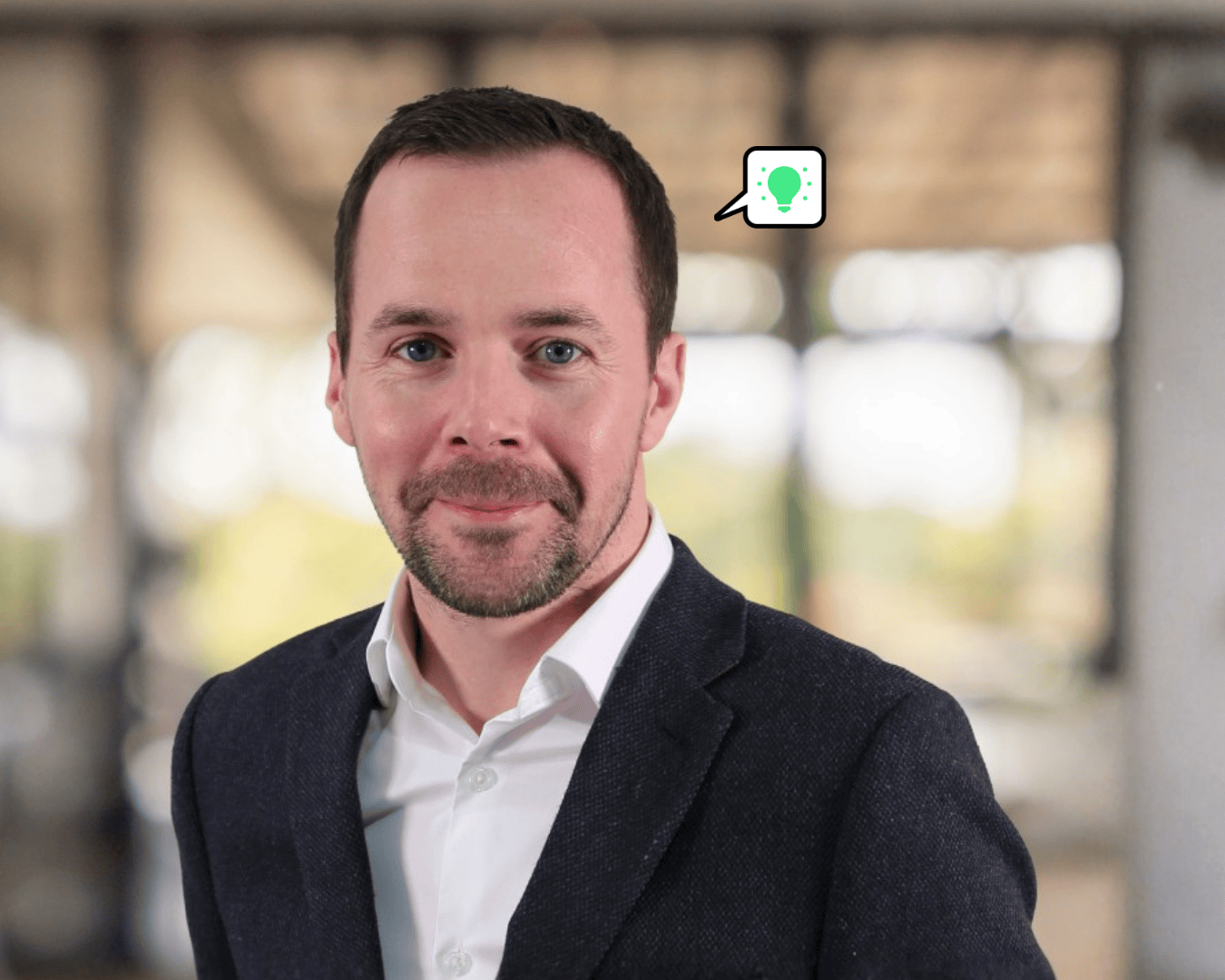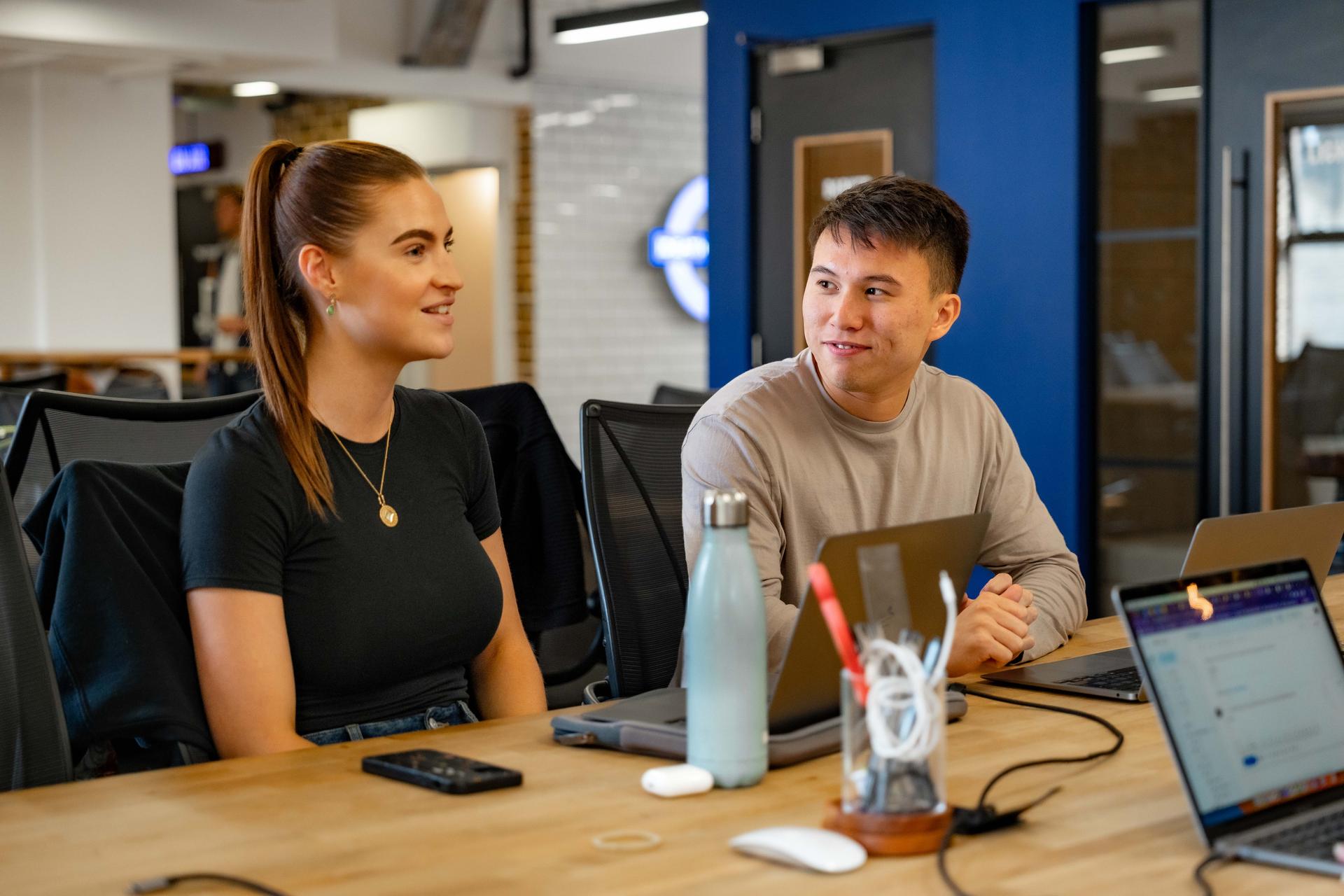When it comes to careers sites, design decisions can have a big impact. We sat down with Oli, Senior Product Designer at Wiser, who specialises in UX (user experience), brand design, and employer brand creative. He's worked on careers sites for brands like Soho House and On, and explains how these platforms are no longer just a place to post job ads. They've become a critical part of the candidate journey, often serving as the final touchpoint before a candidate decides to apply.
We discuss what makes a career site effective, what candidates are looking for, and how neglecting basic design principles can be a costly mistake.
What candidates want from a modern careers site
Candidates are often looking at career sites with purpose. By the time they reach your careers site, they’re looking for confirmation, not persuasion.
“This is often the final checkpoint before they decide whether to hit apply. If the site doesn’t feel right, they’ll bounce. Simple as that.”
That means every element on the page, from copy, visuals, layout, and load speed, needs to work hard, fast. Employers who fail to deliver clear, useful content risk losing brilliant candidates to better-designed competitors, even if the role or package itself is stronger.
According to Oli, candidates don’t have time or patience for fluff. What they do have is a short attention span and a checklist of unspoken questions:
Does this company resonate with my values?
Will I belong here?
Can I trust what they’re showing me?
Could I see myself working here?
Your careers site is where you answer those questions.
How to design an effective careers site for talent attraction
At Wiser, every site begins with a UX-first approach to careers site design.
“We start by auditing the client’s current platform, what works, what doesn’t. Then we look at competitors and user behaviour before building out a sitemap and wireframes.”
Once the structure is right, Oli and the team begin applying the brand’s visual language, layering in design elements, motion, and interaction to elevate the experience.
It’s about storytelling while capturing the essence of their identity.
Why employer brands can’t afford to ignore their careers site
Despite its importance, many companies still underinvest in their careers site.
“One of the biggest misconceptions is that the careers site is just a place to list jobs, but candidates want to understand your values, culture, and purpose.”
When companies fail to highlight what makes them unique, employee stories, ERGs, culture, and progression paths, they miss a key opportunity.
“If you're not making the effort to create a seamless, informative, and engaging experience at the start of the journey, it raises concerns about how considered you'll be once someone’s in the building.”
In competitive talent markets, that doubt can make or break your chance to hire the right person.
How to make careers sites inclusive and accessible for everyone
Accessibility is non-negotiable, and it starts with inclusive design decisions.
All careers sites need to meet WCAG accessibility standards, ensuring that the experience works for everyone, including users with visual impairments or neurodivergent candidates.
Some simple but powerful updates include:
Using proper HTML header tags (H1, H2, etc.) for screen readers
Testing colour contrast between text and background
Avoiding small, hard-to-read font sizes
Making buttons and links clear, clickable, and well-labelled
Adding skip-to-content links for smoother keyboard navigation
In cases where brands' visual identities don’t pass accessibility checks, we adapt colours or layouts without losing the essence of their look and feel. And even if you’re short on time or resources, these small improvements can make a big difference.
“It’s not just about compliance, it’s about showing that you care. Small changes send a big message to diverse candidates.”
Careers site design trends to watch in 2026
Design is always evolving, and careers sites are no exception. According to Oli, several emerging careers site trends are shaping how companies show up digitally:
Scroll-triggered animation: As users scroll, videos scrub or UI elements move fluidly
3D design and interaction: Adds depth and interactivity without being overwhelming
Glass effects and layering: Inspired by Apple’s iOS design language and now easily implemented in Figma
Nature-inspired overlays: Subtle videos of shadows or textures (like swaying grass) create a human connection
“We’re seeing careers sites become more immersive. But trends should support clarity, not distract from it. The best designs always prioritise usability.”
Why careers sites are still your strongest employer brand asset
For Oli, it’s simple: your careers site is your employer brand in action.
It’s the one place where you have full control over the message, visuals, and experience. No algorithms. No middlemen. Just you, speaking directly to future talent.
“It’s your opportunity to show who you are before the interview, before the offer, before the contract. And that impression can change everything.”
Companies that treat their careers site as a strategic, living part of their talent attraction strategy will always outperform those who don’t. Because when your platform tells the right story, the right people show up.




